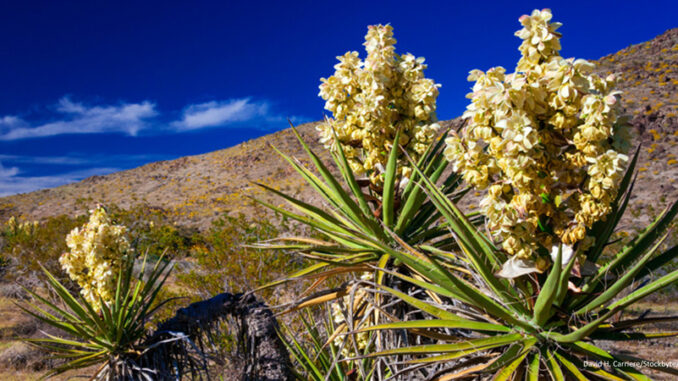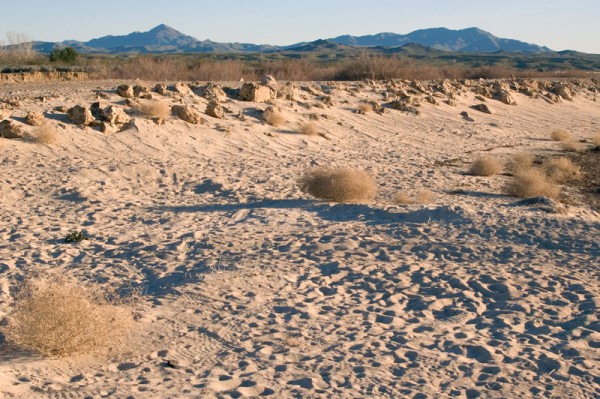
Back in June, Election Central brought you the story of how California governor Jerry Brown was leading a group of governors and mayors from across the country who all pledged to follow the tents of the Paris Climate Accord even after President Trump pulled the United States out of the agreement. Now, we take a look at the steps California has taken, and continues to take, to fight worldwide climate change.

Credit: Michael Beiriger/Alamy
Cap and Trade
California’s pro-environment crusade began a long time ago. For example, last August, the State Legislature declared that it would cut greenhouse gas emissions by more than 40 percent by 2030. On Tuesday, Governor Brown took a big step in that direction by expanding the state’s cap and trade program. With a cap and trade system, the government sets a cap on every company’s greenhouse gas emissions. Each company receives permits, allowing them to emit a certain amount. But the companies who don’t need to emit as much can sell their permits (at a profit) to companies that need to emit more. Fewer and fewer permits will be issued each year. This keeps greenhouse emissions down while controlling costs. The legislation signed by Governor Brown on Tuesday continues the cap and trade program through 2030.
The cap and trade program will hopefully provide one-fourth of California’s emissions cuts by 2030. But where will the other three-fourths come from? California already gets 25 percent of its electricity from renewable sources, such as solar power. However, it will need to deploy other solutions, such as batteries or floating deepwater wind farms, in order to reach its goal of 50 percent renewable energy by 2030. The number of electric cars and zero-emissions vehicles will need to increase to roughly 4.2 million by 2030 (currently there are about 250,000 in California). More people will need to bike, walk, and use public transportation. The state will need to consider increasing its biofuel usage to lower the carbon content of its gasoline. Finally, they will need to reduce emissions from other sources as well, such as air conditioners, landfills, wastewater facilities, and even dairy farms (cow manure produces methane, a dangerous greenhouse gas).
California’s Report Card
California has a long road ahead in order to meet its ambitious environmental goals. But so far, their progress has set an example for the rest of the nation. California’s carbon dioxide emissions have fallen 14 percent since 2005, putting them back at nearly 1990 levels. The state has as many solar panels as the other 49 states combined, as well as the third-lowest emissions rate in the country. They almost entirely avoid using coal.
California is responsible for only 1 percent of global emissions, meaning that the state by itself can’t cause any sweeping worldwide environmental change. However, many of the policies and innovative solutions developed by California’s government are being adopted in other parts of the world as well. Hopefully, where California leads, other states–and countries–will follow.
